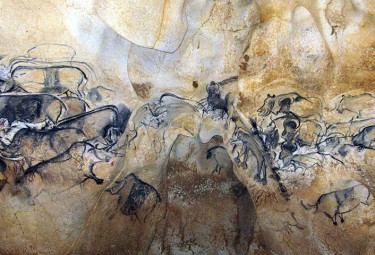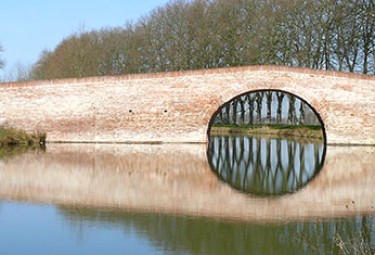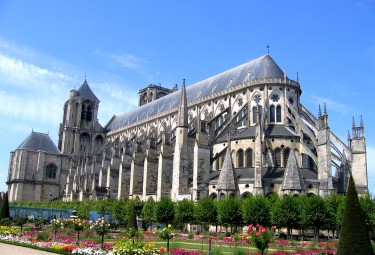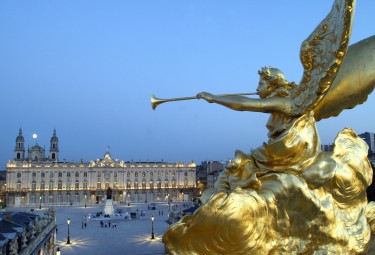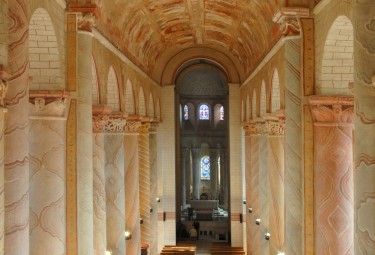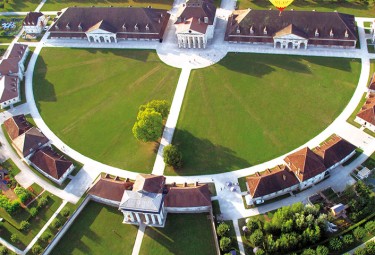Cathedral of Notre-Dame, the former Abbey of Saint-Remi and the Palace of Tau, Reims
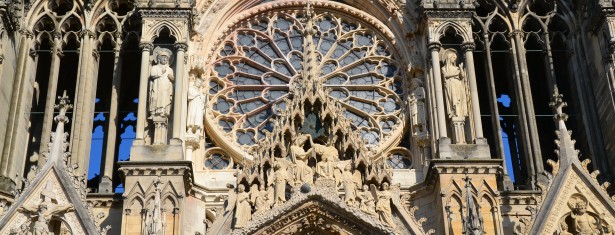
Summary
These three buildings in Reims – the cathedral, the Palace of Tau, and the Abbey of Saint-Remi – are intimately associated with the history of France as it was here that the kings were consecrated. Their outstanding architectural quality bears witness to the universal importance of that history.
The cathedral of Notre-Dame is a masterpiece of Gothic art, with a history of eight centuries of technical or artistic innovations, from the 13th century up to its restoration after the First World War when the destroyed vaults were replaced with reinforced concrete. The original harmony was preserved, as well as the rich sculpture and stained-glass ornamentation which commemorate the consecration of 25 kings.
Adjoining the cathedral is the Palace of Tau, the former residence of the Archbishop. It is also linked to the consecration ceremonies as it is here that the king stayed, prayed in the Palatine chapel, and feasted after the ceremony in the banqueting hall. Its fine façade is 17th century, and it is now home to the Musée de l’Oeuvre, where treasures and artwork linked to the consecration ceremonies are displayed.
The former royal Benedictine Abbey of Saint-Remi, founded in the 8th century, is now a majestic 18th-century building, but the chapter house still contains fine Romanesque sculptures. Saint-Remi, who baptized Clovis and instituted the anointing of the kings, was buried in the abbey church which became a pilgrimage site. The church is a magnificent example of mediaeval architecture; it was the largest Romanesque building in the north of France before being transformed with spectacular soberness during the Gothic period. The consecration rites started and finished in the abbey where the Ampulla containing the “chrism”, or holy anointing oil, was kept. The abbey is now a museum of the history of Reims and its region.
Criteria
Criterion (i): The cathedral of Notre Dame is a masterpiece of Gothic art due to the outstanding handling of new architectural techniques in the 13th century and the harmonious marriage of sculptured ornamentation and architectural elements.
Criterion (ii): The three buildings provide a demonstration of the technical and artistic skills of the master builders. The perfection of the cathedral’s architecture and sculptural work had a strong influence on later buildings (particularly in Germany).
Criterion (vi): These buildings, the scene of the consecration of the kings of France, symbolize the balance between public authority and sacred function which made the French monarchy a political model throughout Europe. In this way, the cathedral, the archbishop’s palace and the former abbey of Saint-Remi are all directly linked to the history of the French monarchy and hence the history of France.
- Année d'inscription : 1991
- Critères d'inscription : i, ii, vi
- Superficie du bien inscrit : 4,16 ha
- Localisation : Departement of Marne, region of Grand-Est
- Coordonnées DMS : N49 15 12 E4 1 58
- Registration year : 1991
- Registration criterion : i, ii, vi
- Area of the inscribed : 4,16 ha
- Location : Departement of Marne, region of Grand-Est
- Coordinates DMS : N49 15 12 E4 1 58

